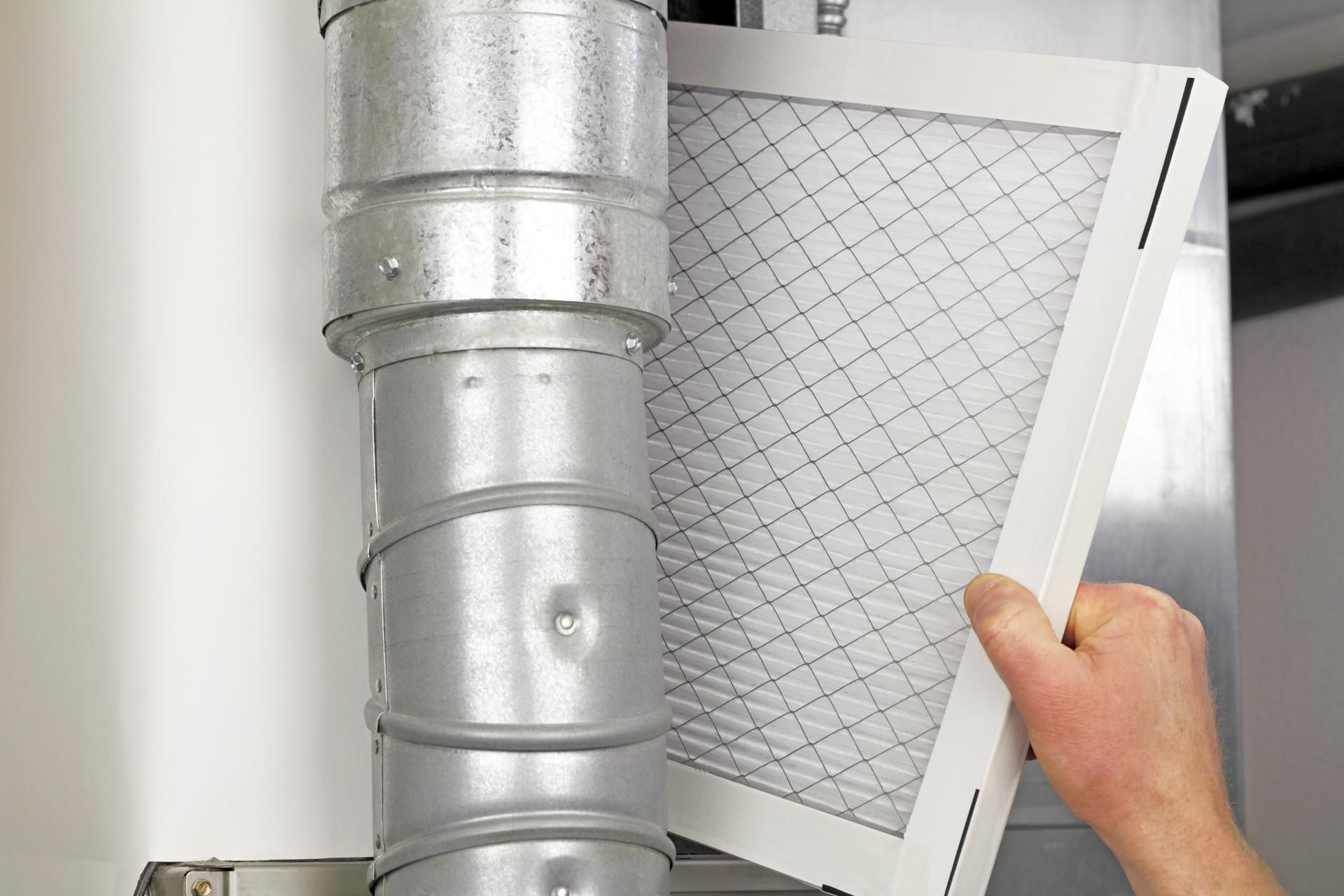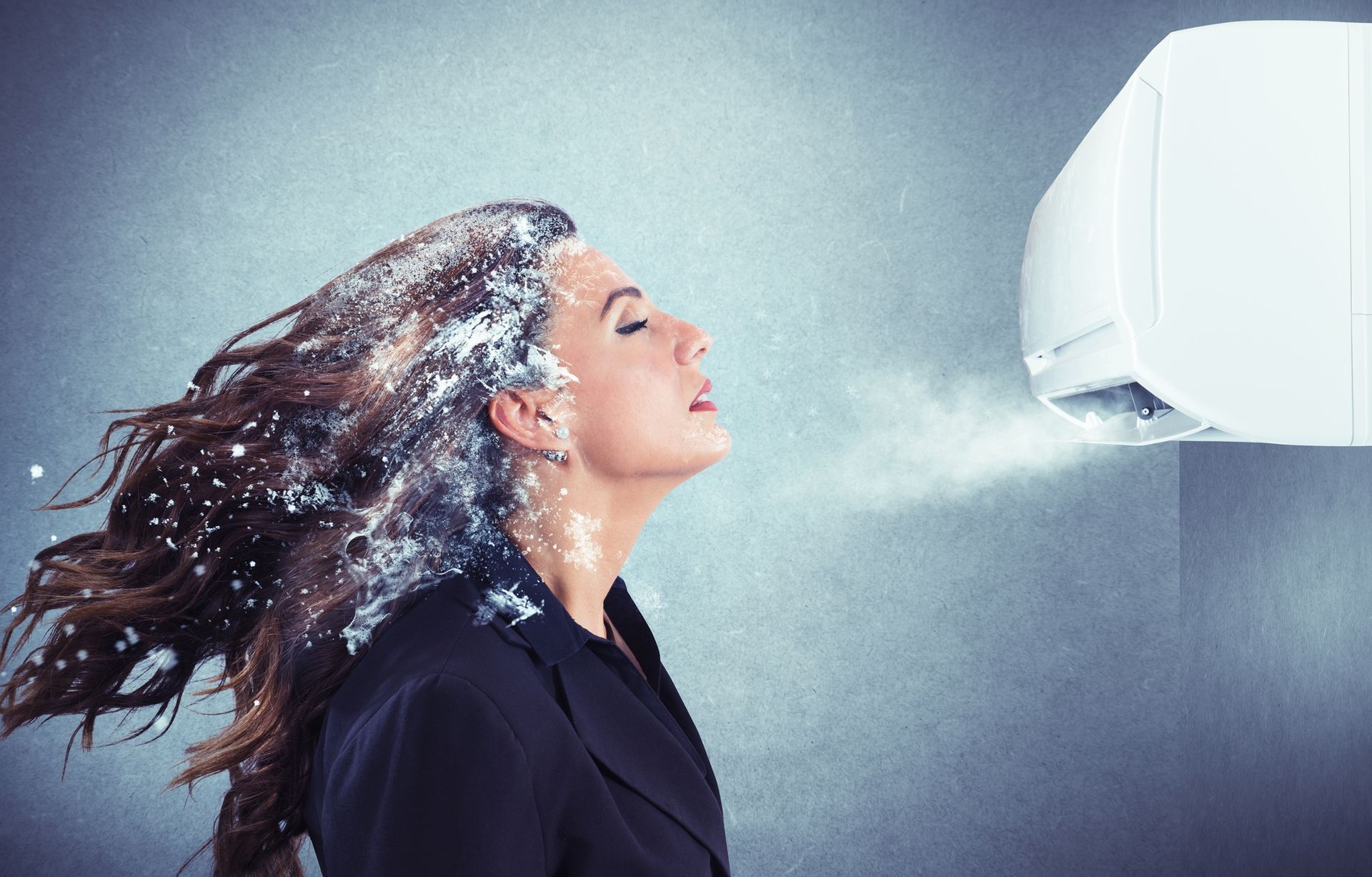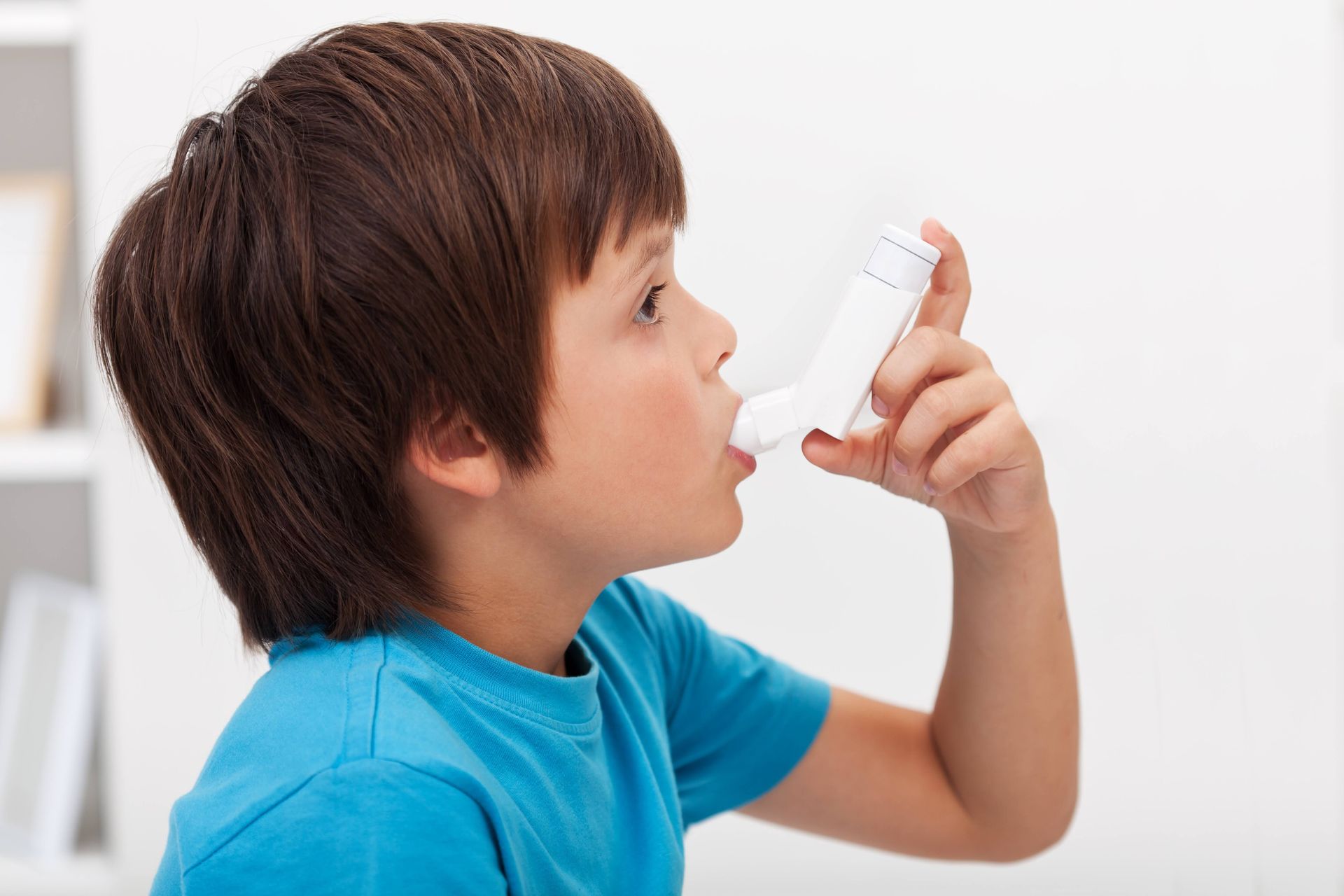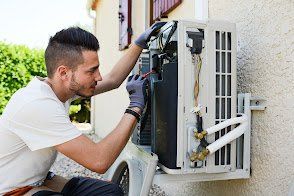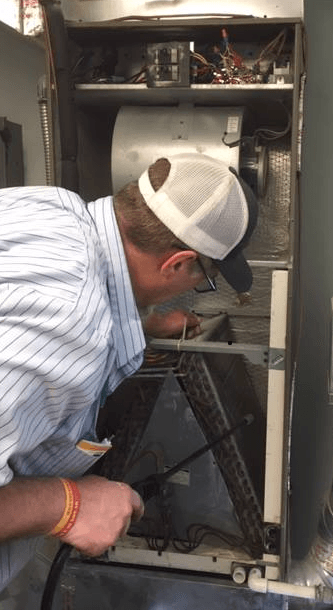What Gas Furnace Components Are Serviced During Regular Maintenance?
| Nov 30, 2022
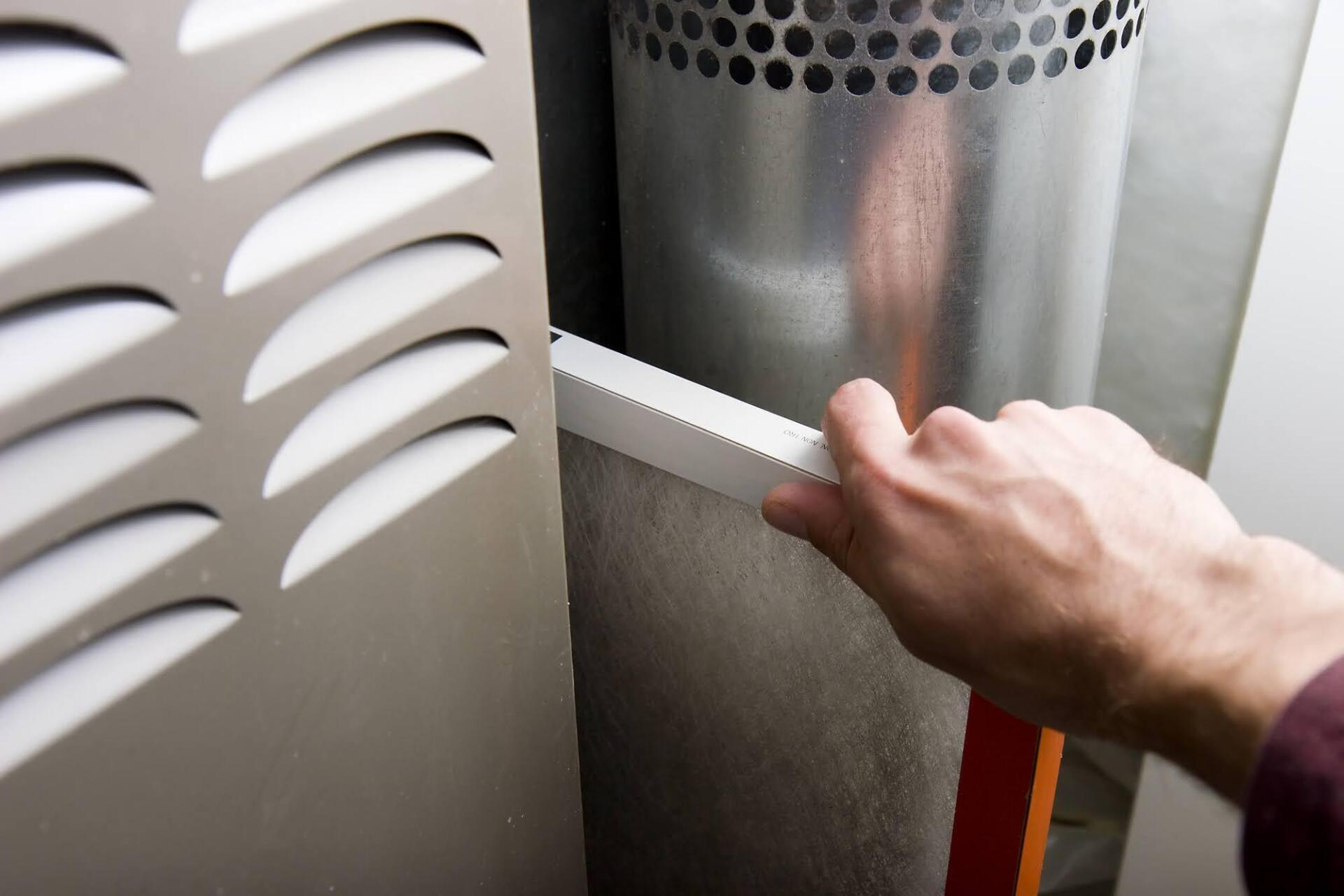
As the weather outside starts to get colder and the nights get longer, many homeowners begin to think about their gas furnace and whether it will be able to handle another winter. While many furnaces are built to last, they require regular maintenance to keep them running efficiently.
Here is a look at some components a technician will evaluate and handle during a routine maintenance session for a gas furnace.
Pilot Light
The pilot light ignites the gas in the furnace. The technician will assess if the pilot light is lit and if it burns. If the pilot light is not lit, the technician must relight it. The technician must fix it if the pilot light does not burn evenly.
Burner Assembly
The burner assembly includes the burners, manifold, ignitor, and flame sensor. The burners are the component of the burner assembly that creates the flame. The burner manifold distributes gas to the different burners. The ignitor is a small electrical device that creates a spark to ignite the gas. The flame sensor is a safety device that detects whether a flame is present and will shut off the gas if there is no flame.
Because these components are in direct contact with the flame, they may suffer from carbon and soot build-up. This build-up can obstruct the efficient and safe operation of your gas furnace. The technician will remove the soot and carbon accumulated on these components during the maintenance session.
Heat Exchanger
The heat exchanger transfers heat from the burning gases to the air in the furnace. The technician will look for any cracks or damage to the heat exchanger. If there are any cracks or damage, the technician will need to replace the heat exchanger.
Blower
The blower in a gas furnace contains fans and a motor. The fans in the blower help to circulate air throughout the furnace. The motor helps to power the fans so that they can circulate the air.
The technician will check for dirt and debris on the blower motor and fans. Also, they will evaluate the blower housing and fans to see if any damage has affected it. Damaged and dirty fans may have reduced spin.
The technician will clean the fans and motor to remove any obstructions that might reduce the airflow. Also, the technician will repair the fans or replace them if they find any damage to the blades. The technician can also apply lubricant to the fan bearings if the fan does not spin freely after cleaning.
Filter and Vents
The vents carry the air from the furnace to the outside house. The filter traps dirt and dust particles from the air that circulates through the furnace. Contaminated air will affect air quality in the house and reduce the furnace's operating efficiency. The technician will examine the cleanliness of these components. They can replace the filters and dust out the vents if they are too dirty.
Ducts
The ducts connect the various rooms in your house to the gas furnace. They distribute the air from the furnace to the different rooms in the house. Contaminants like mold may grow if the ducts let moisture inside. The technician should repair deteriorated ducts to restore their integrity and prevent mold growth.
Thermostat
The thermostat measures and regulates the temperature in the furnace. The technician will investigate if the thermostat is set to the correct temperature and works appropriately. If the thermostat is not set to the correct temperature, the technician must recalibrate it. If the thermostat is not working correctly, the technician must replace it.
Gas Line
The gas line supplies the gas to the furnace. The technician will assess and repair any leaks they find in the gas line to prevent any fire hazards or health concerns.
Contact us at Central York Corp if you want your furnace serviced before winter finally settles. We serve the Richmond and Central Virginia areas, including Charlottesville and Tri-Cities.
BROWSE OUR WEBSITE
CONTACT INFORMATION









